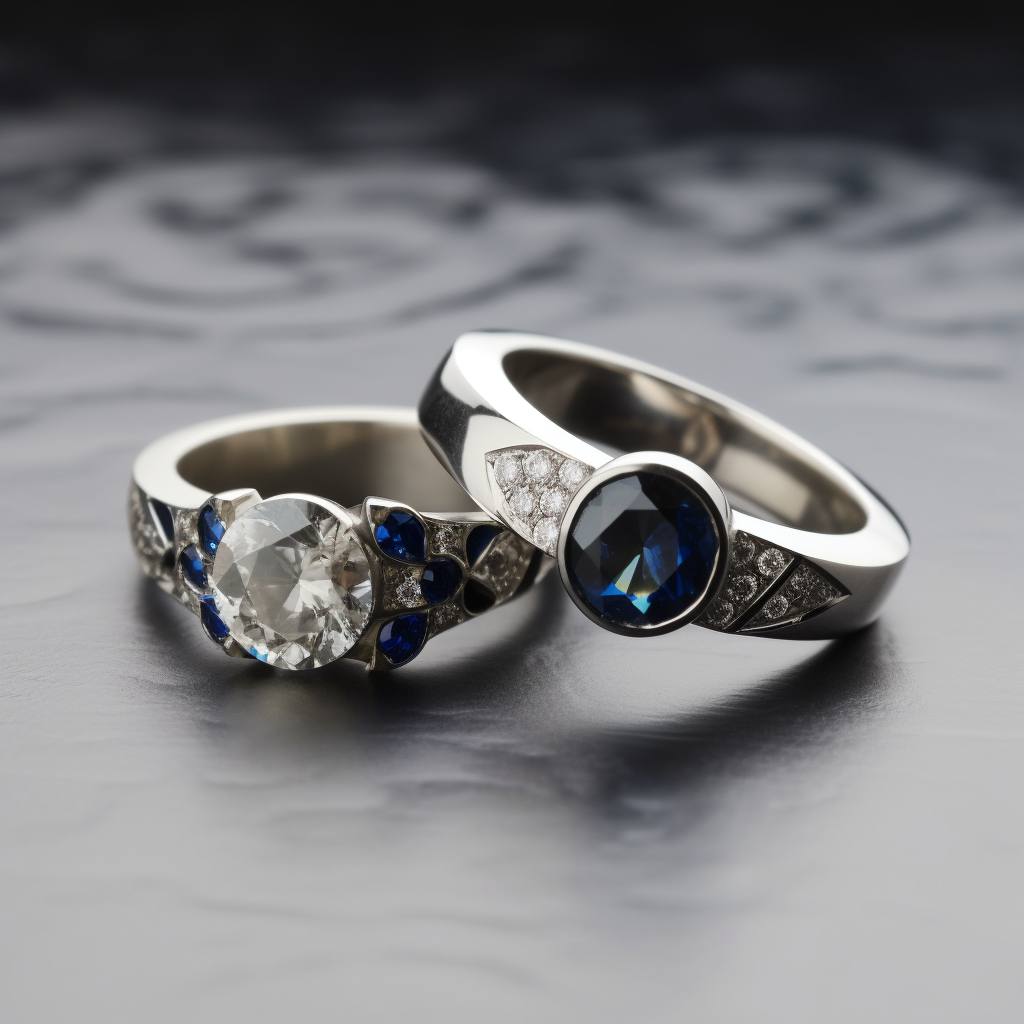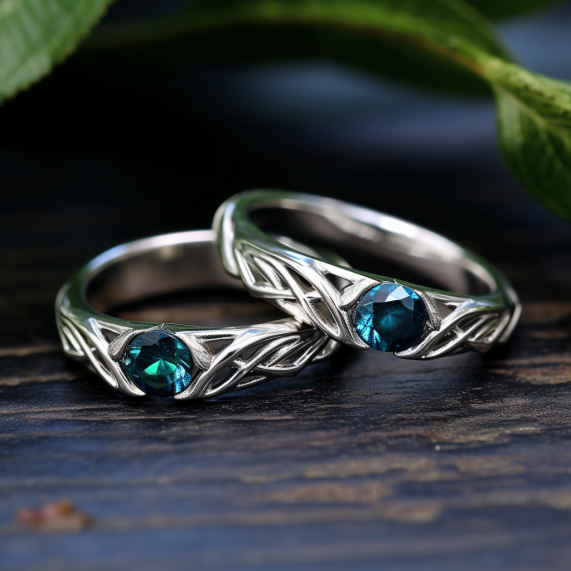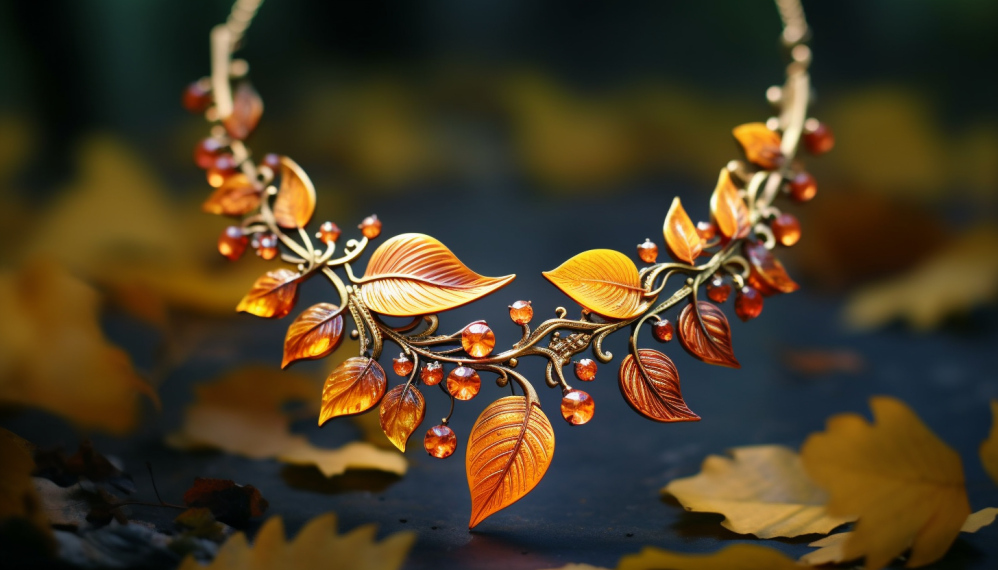When it comes to buying diamonds, most consumers are familiar with the “Four Cs”—Cut, Clarity, Color, and Carat. But what about other precious gemstones like sapphires, rubies, and emeralds? The process of grading these stones is slightly different but equally important for anyone looking to make an informed decision. This article aims to demystify the world of gemstone grading and give you a comprehensive guide for evaluating your next precious gem.



Throughout history, jewelry has held a special place in the courts of monarchs and emperors. These adornments were not just accessories or marks of beauty; they were symbols of power, wealth, and political alliances. From the heart of Ancient Egypt to the expansive Roman Empire, jewelry in ancient monarchies played various roles, each reflecting the […]


As the amber leaves descend, fashion enthusiasts eagerly anticipate the unveiling of autumn jewelry trends. This year, the season brings forth an array of eye-catching pieces that echo the mystical hues and invigorating chill of fall. The 2023 jewelry trends are a sublime blend of whimsy, elegance, youthful exuberance, spiritual resonance, and bold statements. This […]


The union of two souls is a timeless tradition, and over the centuries, the manner in which this union is celebrated has seen a continuous evolution. A significant part of this evolution is observed in the realm of wedding fashion, where jewelry plays a quintessential role in adorning the bride and groom on their special […]

